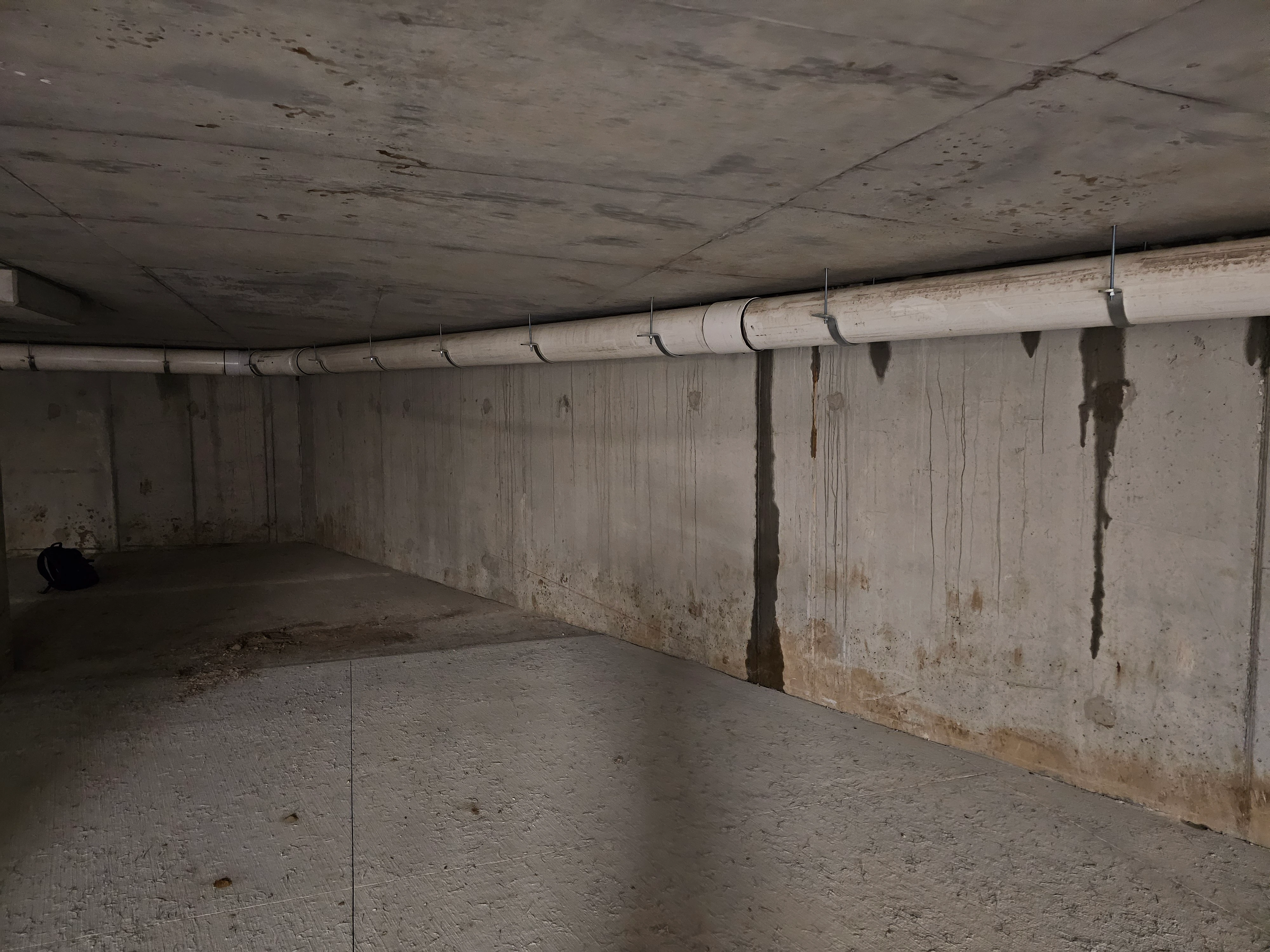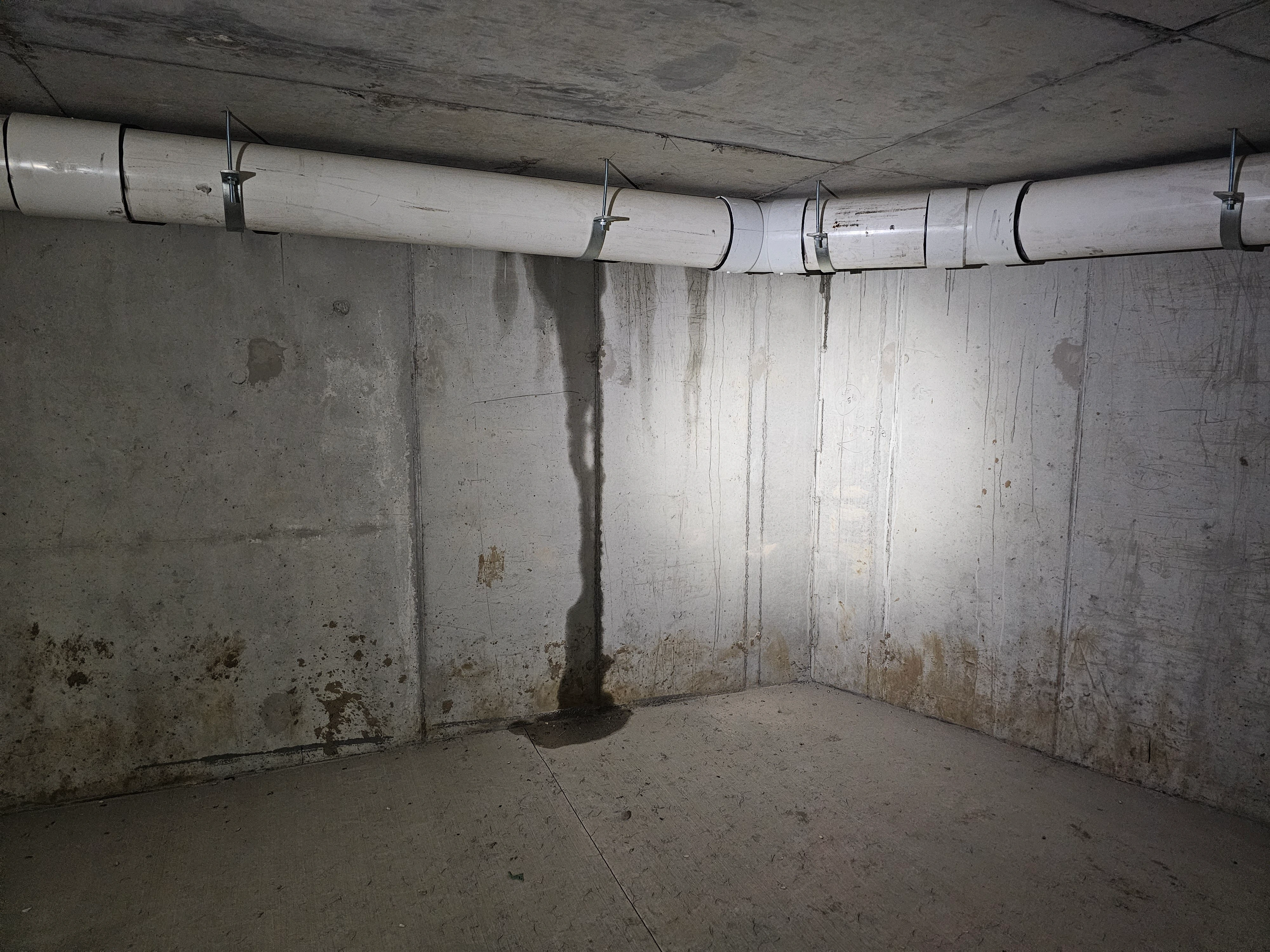
Free Consultation
Wanna chat? Tap to call or text
Ensuring the integrity of building envelopes is crucial for maintaining the structural integrity and energy efficiency of buildings. Electronic Leak Detection (ELD) provides precise and reliable methods to identify leaks in waterproof membranes and roofing systems. By employing advanced techniques like ELD, building owners can protect their investments and extend the lifespan of their structures.

Electronic Leak Detection involves using specialized equipment to detect leaks in waterproof membranes and roofing systems. This technology is highly effective in identifying breaches that are invisible to the naked eye, ensuring that even the smallest leaks are detected and repaired promptly.
Electronic Leak Detection provides a non-destructive method for testing the integrity of waterproofing systems, reducing the need for costly repairs and potential damage. By detecting leaks early, building owners can maintain the longevity of their structures and ensure compliance with industry standards
Precision and Accuracy ELD systems are known for their precision and accuracy. They can detect even the smallest leaks, which can be missed by traditional methods. This high level of accuracy ensures that all potential points of failure are addressed.
Non-Destructive Testing One significant benefit of ELD is its non-destructive nature. Unlike invasive methods, ELD keeps the building envelope intact while delivering dependable results.
Cost-Effective By detecting leaks early, ELD can save building owners significant amounts of money in repairs and maintenance. Early detection prevents minor issues from becoming major problems, reducing overall maintenance costs.
Low-voltage ELD systems involve applying a small electrical charge to the waterproof membrane. A conductive material is used to detect any breaches where the charge escapes, pinpointing the exact location of the leak. There are various low-voltage methods to identify a breach:

High-voltage ELD systems work similarly but use a higher voltage charge. This method is typically used for thicker membranes where low-voltage methods may not be effective. High-voltage systems can cover larger areas and are often used in commercial roofing applications.
In high-voltage detection, one electrical lead is connected to the roof deck, and the other is attached to a device resembling a push broom with copper bristles. As the operator “sweeps” the surface of the membrane, any moisture or breach in the membrane will allow one of the conductive bristles to complete the circuit between the measuring device and the roof deck.
It’s possible to install a permanent moisture monitoring system that provides automated, constant real-time moisture monitoring for the life of the building. With the help of a leak detection company that can provide 24/7 monitoring, a grid system is laid out on the roof substrate with conductive sensor tape. This grid is integrated into a permanently embedded monitored system.
Continuous monitoring is especially important for museums, server farms, hospitals, and other buildings where water damage would have catastrophic consequences.
ELD is widely used in roofing systems to ensure that waterproof membranes are intact. This is especially important in flat and low-slope roofs where water pooling can lead to significant damage if leaks are not detected early.
In foundations and basements, waterproof membranes are critical in preventing water ingress. ELD ensures these membranes are free from breaches, protecting the building's structural integrity.
Building envelopes, including walls and facades, benefit greatly from ELD. Ensuring all components are watertight helps maintain the energy efficiency and durability of the building.
Electronic Leak Detection is an indispensable tool in modern construction and maintenance. Its precision, non-destructive nature, and cost-effectiveness make it the preferred choice for ensuring the integrity of building envelopes. By implementing ELD, building owners can protect their investments, enhance energy efficiency, and extend the lifespan of their structures.
Have questions about ELD? Reach out to Factor today. Our expertise in building envelopes can help you safeguard your building. Your building deserves our expertise!